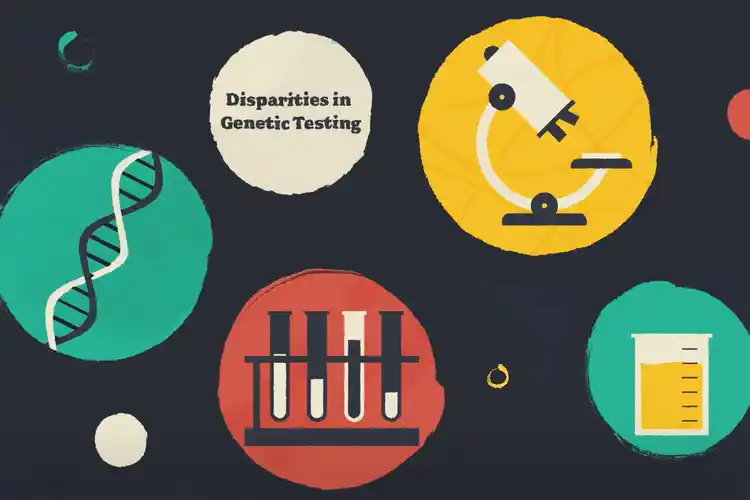Disparities in Genetic Testing

Hide Video Transcript
Video Transcript
SPEAKER
Genetic testing is used to look for certain mutations in a person's genes. This is done with saliva or blood samples. These tests can help a patient learn if they have genetic conditions that run in their family. They are better informed about ongoing symptoms, treatment for cancer prevention, and any conditions that might be involved in a current or future pregnancy. As valuable as this information is, not everyone has equal access to genetic testing. A recent study found that patients without medical insurance were less likely than insured patients to complete genetic testing. Overall, only 30% of patients completed genetic testing. Of these patients, 40% were white, 26% were Black, and 14% were Asian.
This inequality stems from many things, including lower awareness of testing and less support for getting genetic counseling, especially in resource-limited areas. These things can lead to mistrust of genetic testing and fear of racial discrimination. Geneticists recognize this disparity and are trying to overcome these racial barriers.
Some methods include remote genetic counseling and cascade testing. Face to face genetic counseling can be time consuming and expensive, but remote telephone counseling has brought similar results while being more convenient and less costly.
Cascade genetic testing allows patients to invite their relatives to take affordable tests by mailing them saliva kits. This method has resulted in roughly 20% more tests being done by informed relatives. Although progress has been made, more innovations are needed to tackle disparity and provide equal genetic services to everyone.
